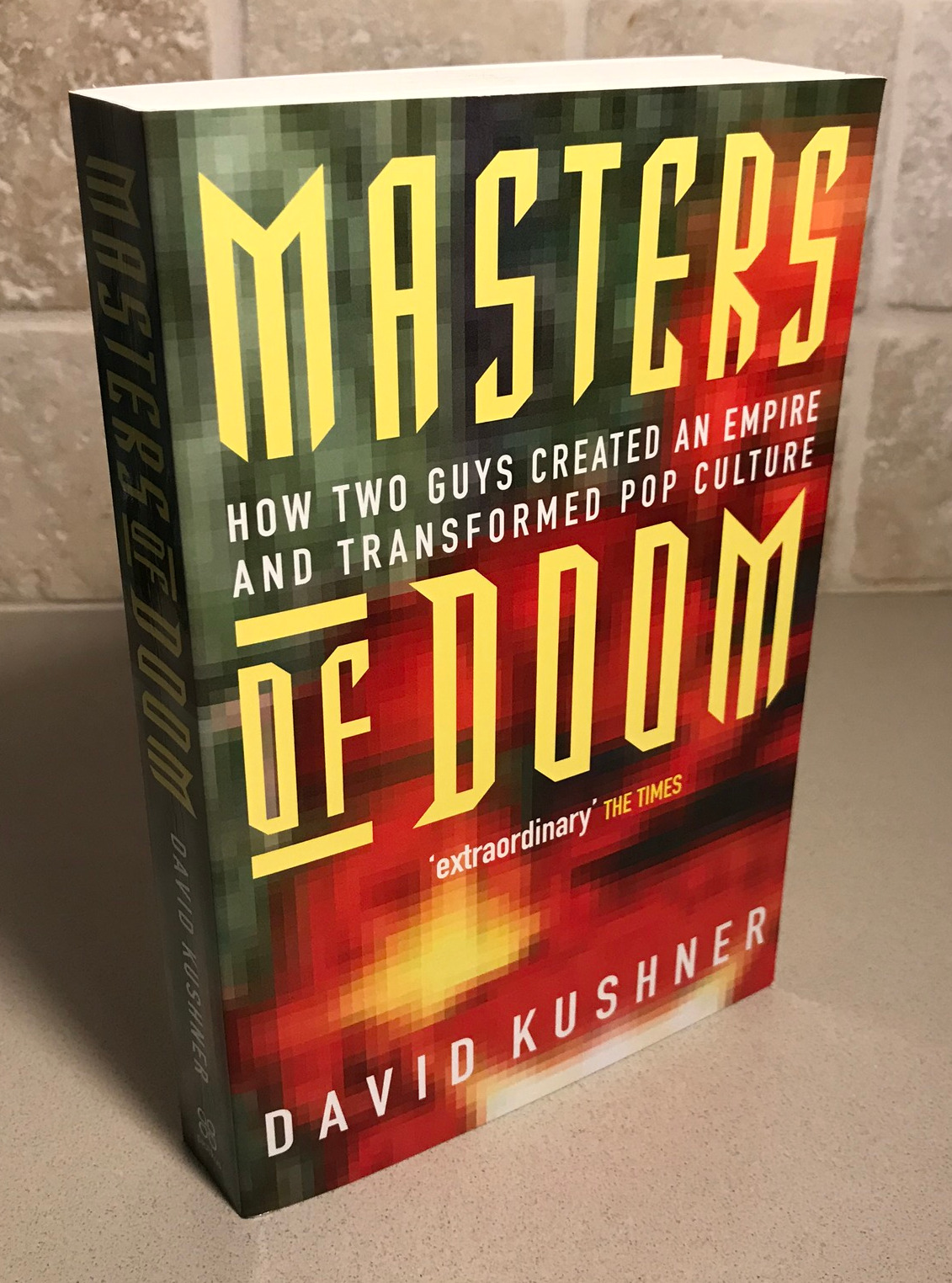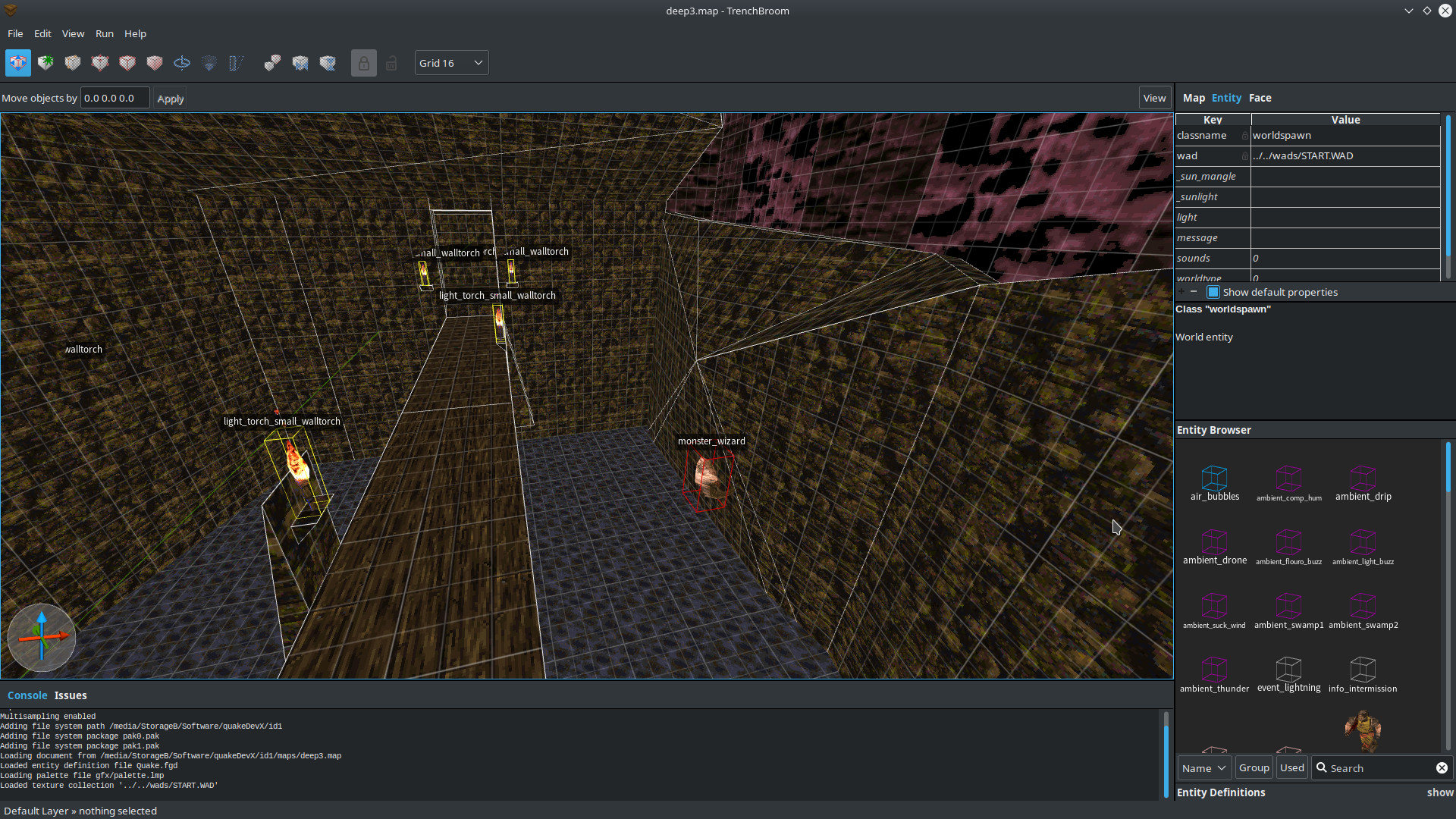
Memory Lane, part 2: Masters of Doom, rediscovering Quake and mapping in Trenchbroom
After looking for a good night time book to read, I rediscovered Masters of Doom: How Two Guys Created an Empire and Transformed Pop Culture by David Kushner. Highly regarded as one, if not the best, video game books of all time, it details the beginnings of id-Software and how it changed the video game world.
I remember hearing about it when it was first published back in 2003, but somewhat relegated to the back of my mind until 2019 when I finally picked it up and gave it a read.
Not only did the book teach me about id-Software's turmultuous history, and the dynamics between John Carmack and John Romero ("the two Johns"), but it also inspired me to go back and start making Doom levels in Doom Builder like I had tinkered with 15 years earlier.

Doom mapping left me wanting a little bit more though. I felt there was only so far I could go with my creativity making levels for a game with a 2.5D engine.
With a new found perspective on all things id-Software and Quake, I thought the next logical step beyond making Doom levels was to throw myself into a true 3D game and learn how to make Quake levels!
I didn't really know where to start; it's not like there was any pointers in a book that had been published 16 years earlier. So I started Googling around to find out if there was a current Quake community and if there was any modern tools in the vein of Doom Builder to create Quake levels.
Boy I was surprised by what I found!
The modern Quake community was stronger than I could have ever imagined after 23 years of the original game being released. Check out my links page for everything I use, but I settled on Quakespasm as a modern engine for playing Quake, and Trenchbroom for creating Quake maps.
After sitting down one afternoon and committing to learning how to use TrenchBroom by reading the entire manual (totally worth it), and filling the gaps by watching dumptruck_ds TrenchBroom tutorials on YouTube, I was able to start building some very primitive, boxy levels.

It's an interesting thing to get out of the habit of, but after building Doom levels of a more or less flat plane, it's hard to break through and start thinking about level design in the 3D perspective. Rooms on top of rooms, twisting staircases, bridges you can walk under, water, etc. was all a new concept that I hadn't needed to consider while making Doom maps.
After a while though, the more I kept using TrenchBroom, the more I started experimenting, and the more I experimented, the more interesting my levels started to become. It's almost an addictive thing that just keeps growing and growing!
And that's where I'm at now. Creating levels in Quake, experimenting, becoming involved in the Quake community, and letting my creative juices flow.
This blog aims to document that as I go.
